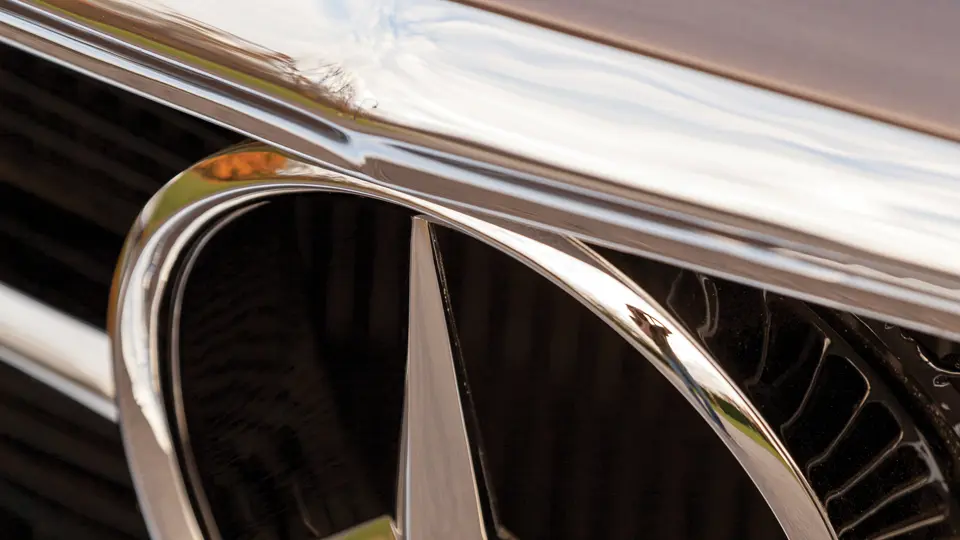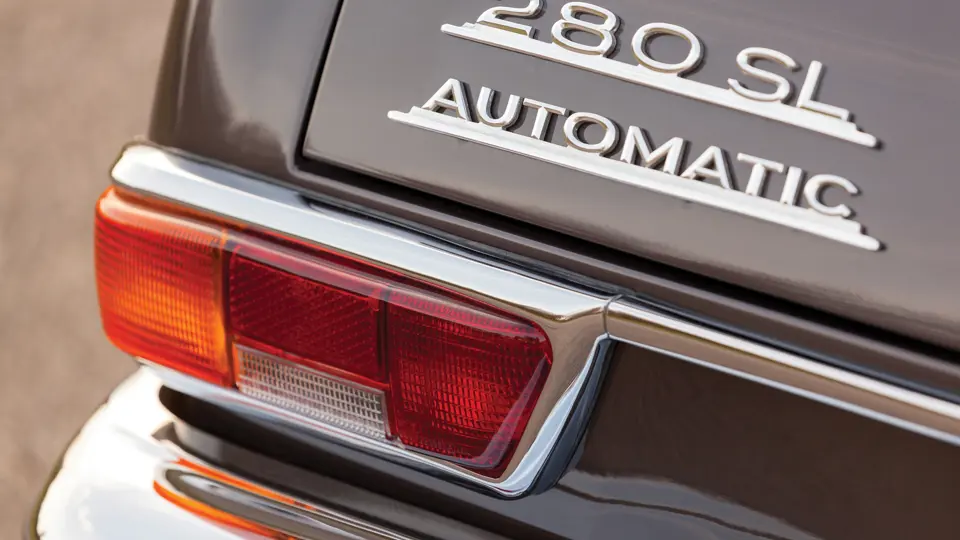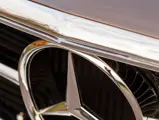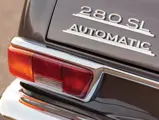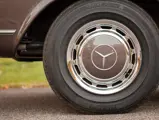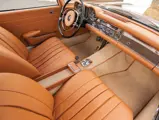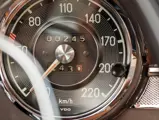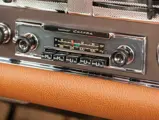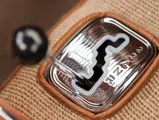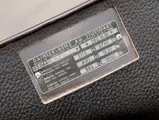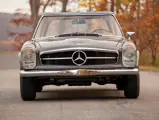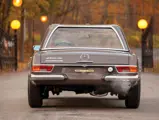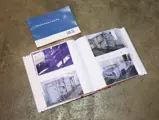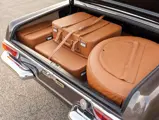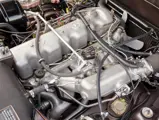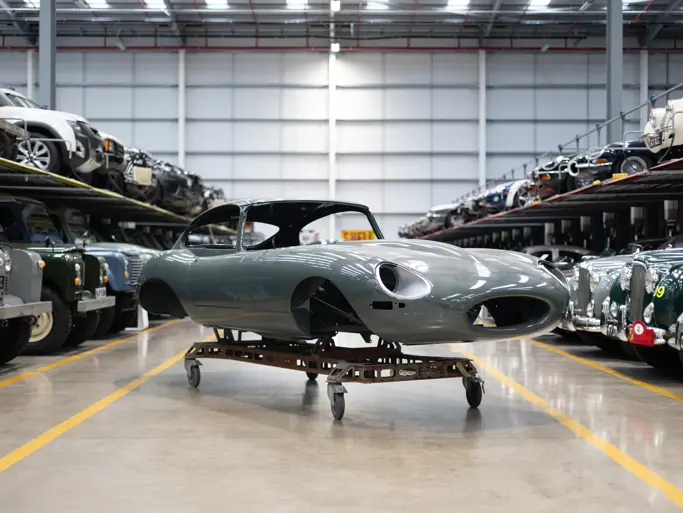
1970 Mercedes-Benz 280 SL 'Pagoda'
{{lr.item.text}}
$181,500 USD | Sold
{{bidding.lot.reserveStatusFormatted}}
- Finished in the factory-correct colors of Bronze-Brown over Cognac
- Recently completed concours-quality restoration
- Includes a tool roll, owners’ manual, and fitted luggage
- Includes extensive restoration documentation
180 bhp, 2,778 cc OHC inline six-cylinder engine with Bosch fuel injection, four-speed automatic transmission, independent front suspension with coil springs and unequal A-arms, independent rear suspension with low-pivot swing axles, trailing arms, and coil springs, and four-wheel hydraulic disc brakes. Wheelbase: 94.5 in.
The encore to the Mercedes-Benz 190 SL and 300 SL, codenamed W113, was first introduced at the 1963 Frankfurt Auto Show as the 230 SL. This new car was neither the race-bred machine exemplified by the 300 SL nor the boulevard tourer of the 190 SL, as it placed more of an emphasis on safety and comfort. The four-cylinder power of the 190 was gone, as all models were fitted with a Bosch fuel-injected, 2,281-cubic centimeter six-cylinder that could produce 150 horsepower. It also had the added distinction of being the first Mercedes-Benz automobile to be fitted with an alternator as standard equipment. Off-the-shelf components included independent front and rear suspension and servo-assisted front disc and rear drum brakes, helping to keep development and production costs within reason.
Perhaps most appealing about the car was its unique styling, which was clearly linked to earlier Stuttgart designs, as it featured the broad front grille of the 300 SL, albeit in a squared-up shape. As with its predecessors, it was available as a roadster, coupe/roadster, and pure coupe. Most distinctive was its roofline: the so-called “pagoda” roof, which had been designed by Paul Bracq and Bela Barenyi. The upright roofline contained lots of glass area, with raised sides and a lower center panel, à la a Japanese pagoda.
Production of 230 SLs continued until the uprated 250 SL made its debut at the 1967 Geneva Show. Although horsepower ratings remained the same, the new 2,496-cubic centimeter engine provided more torque for better acceleration. Its wheel rims were increased from 5.5 to 6 inches, and four-wheel disc brakes became standard.
The final version, the 280 SL, made its public appearance early in 1968. Most notable was the increased engine displacement to 2,778 cubic centimeters, which bumped up torque and horsepower to 180. The interiors were upgraded, along with a myriad of detail refinements. The final 280 SL came off the assembly line in March 1971, and a total of 23,885 Mercedes-Benz 280 SLs were produced during the model run, making it the most popular of all the roadsters built to date.
This beautiful Mercedes-Benz 280 SL, with the desirable European headlights, has benefitted from a recently completed, comprehensive, and documented concours restoration that was performed in Europe. A binder with photos from before and after the restoration, as well as receipts and related information, is available for inspection, along with a copy of the original data card from the Mercedes-Benz Classic Center, which verifies its equipment and numbers. A tool roll, owner’s manual, gorgeous fitted luggage, and a spare tire cover that matches the Cognac MB-Tex interior are included.
Outside, the roadster is painted a classic Bronze-Brown (DB461), as is its hardtop, and it is fitted with Vredestein Sprint Classic tires on steel wheels with color-keyed wheel covers. Inside, one will find a superbly restored interior that features the gated automatic transmission selector, full instrumentation with a clock, and a Becker Europa AM/FM radio. The engine has received equal attention and was completely rebuilt using original German parts. The overall presentation is stunning, with every detail attended to. Since completion, the car has been driven approximately 230 kilometers to ensure everything functions as it should.
The 280 SL was arguably the best of the second-generation Mercedes-Benz roadsters, and this meticulously restored example will be enjoyed by its new owners whether they chose to drive or show it.


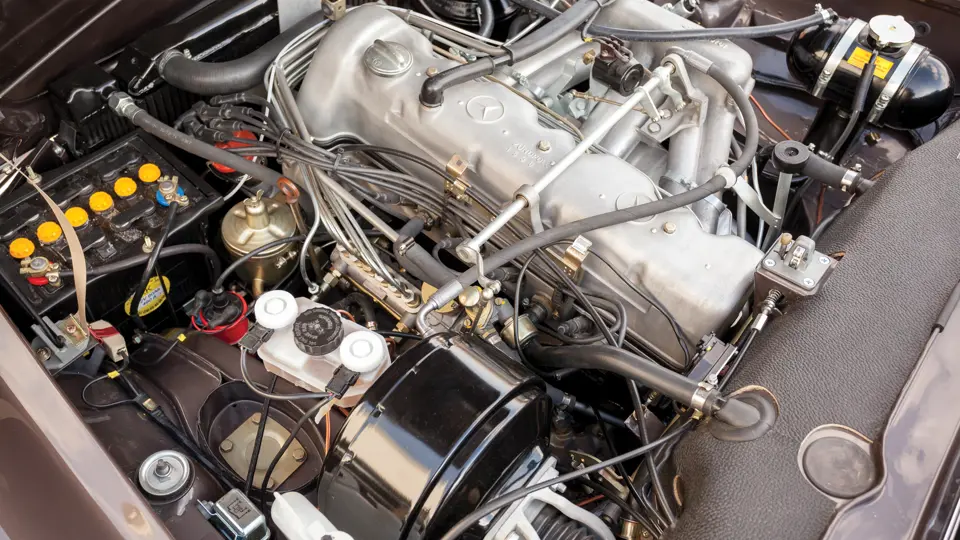

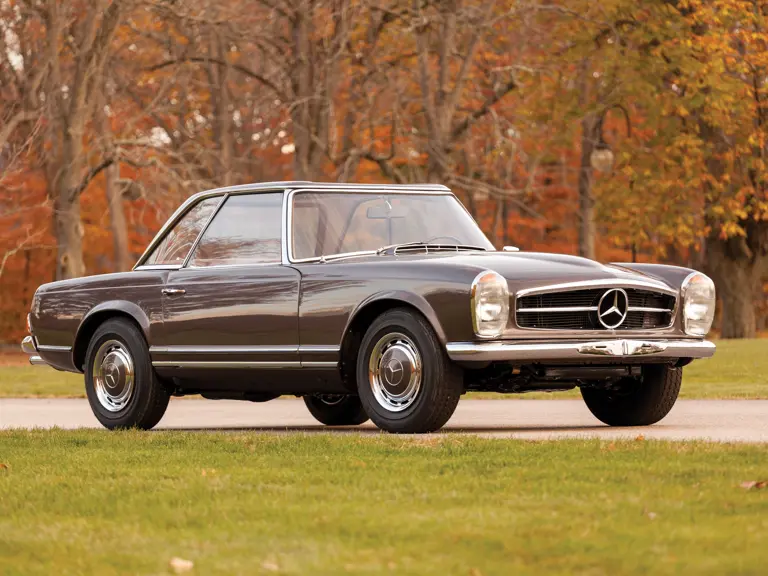
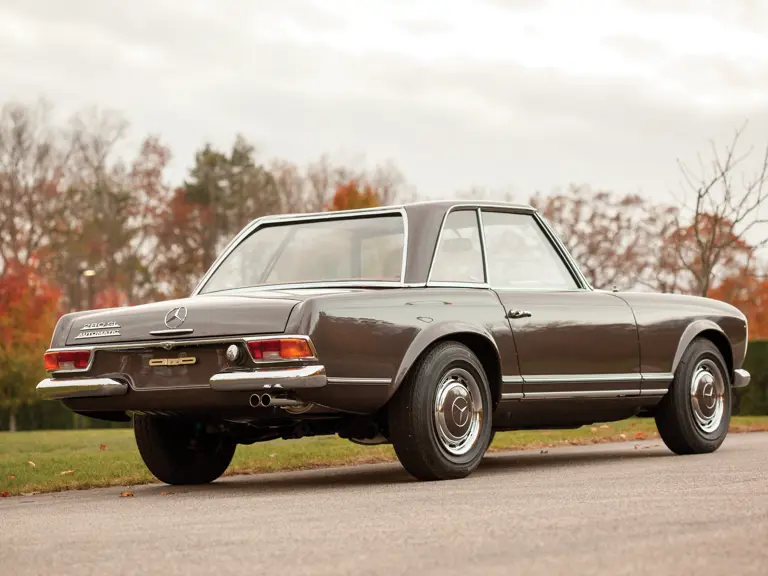

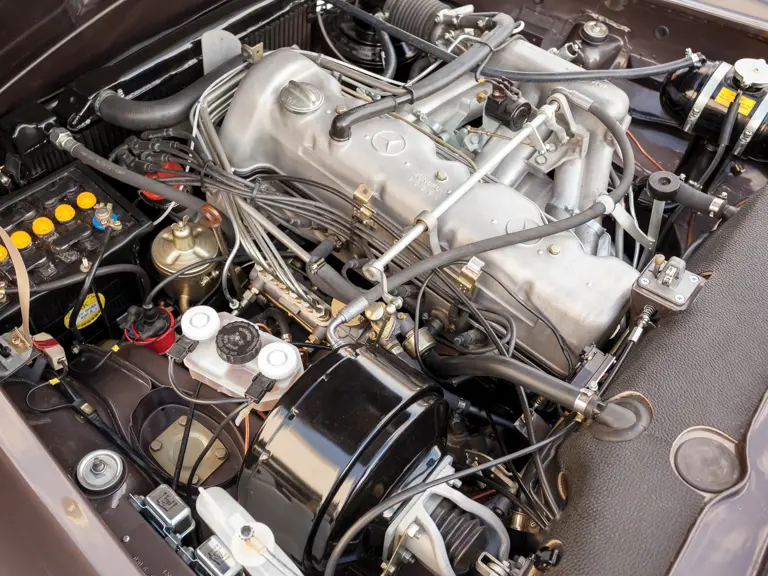
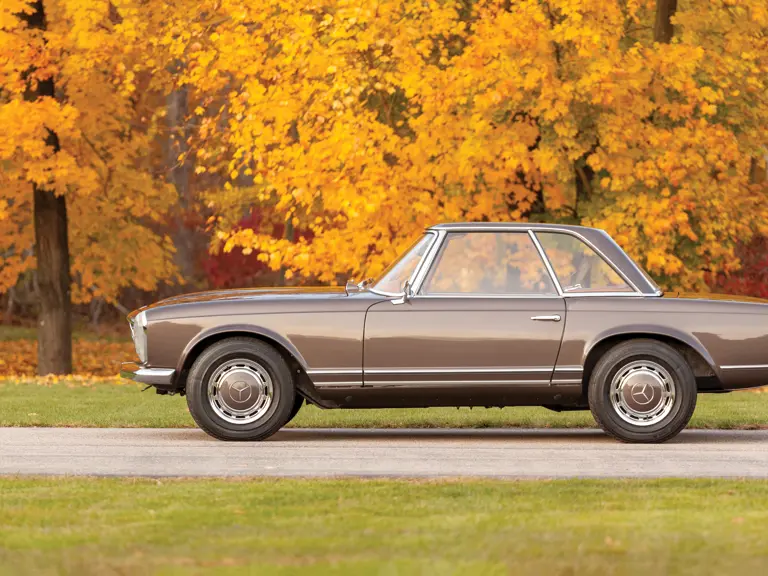
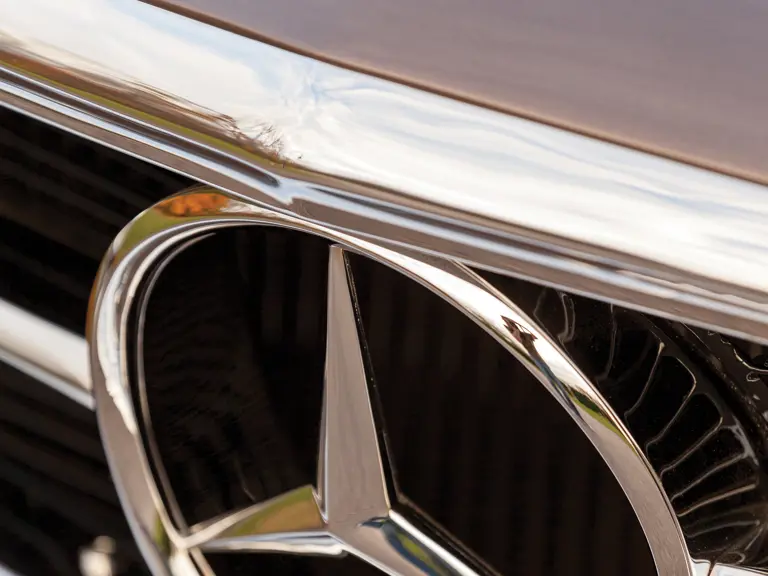
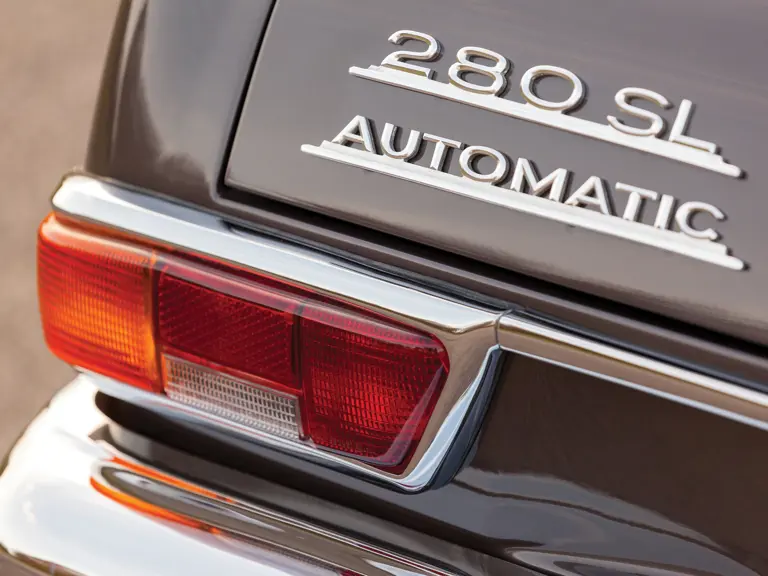
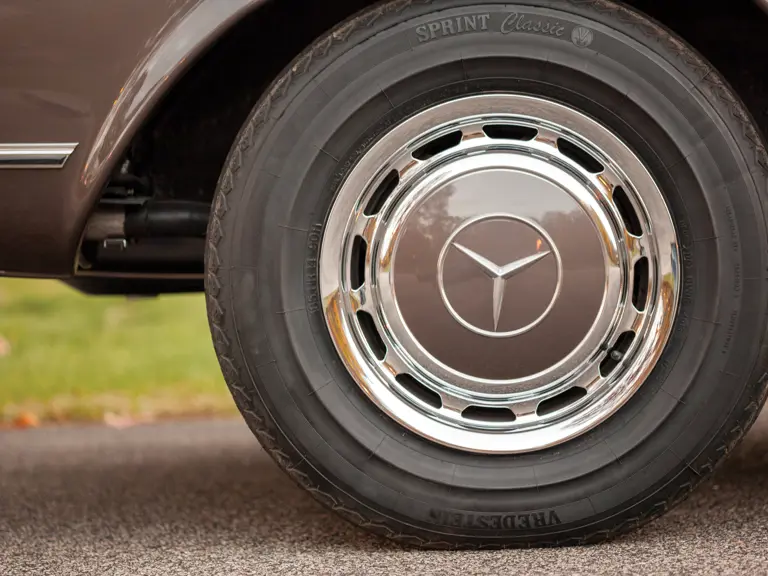
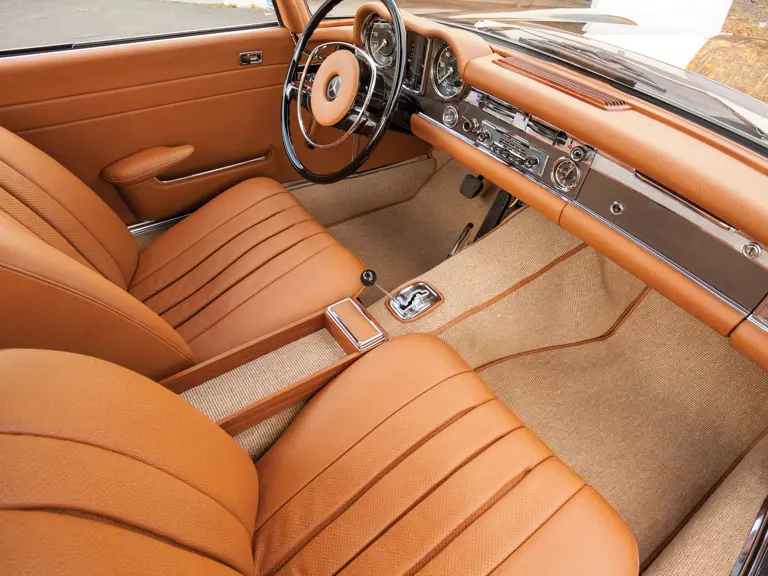
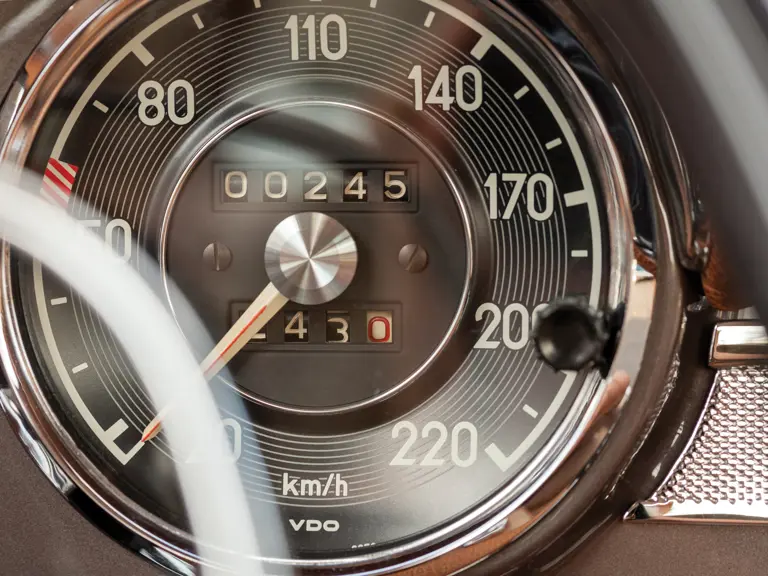
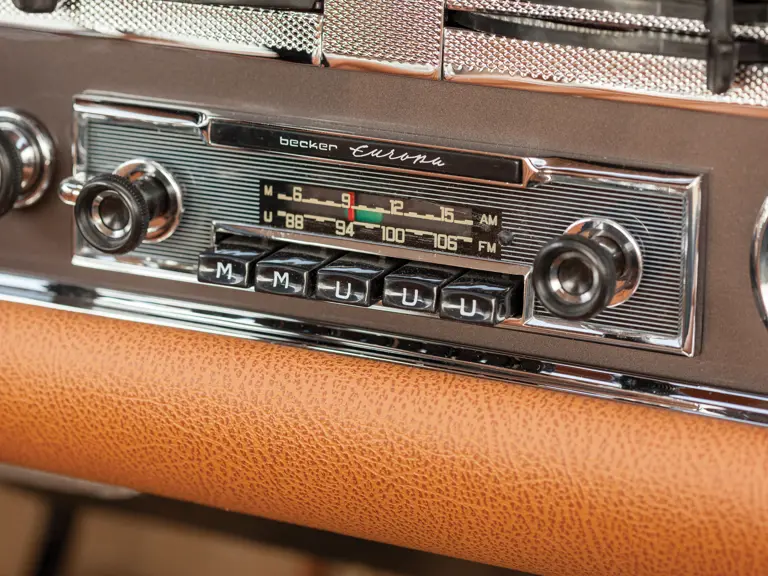

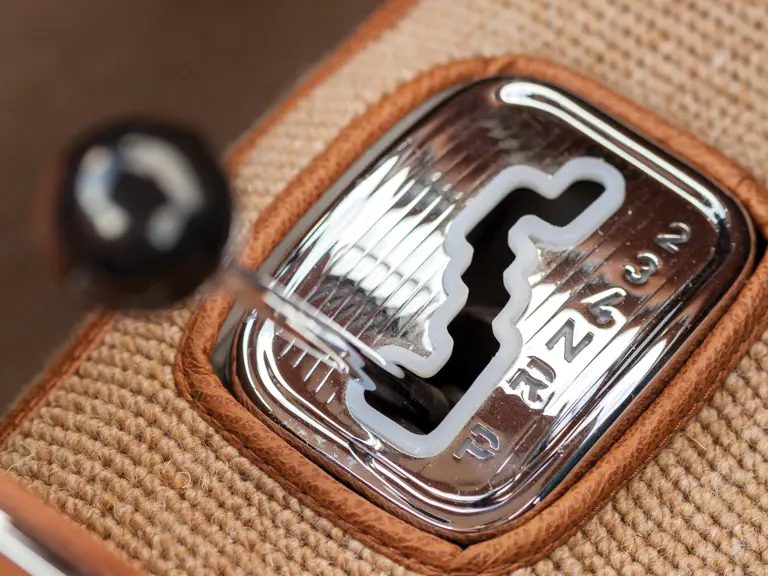
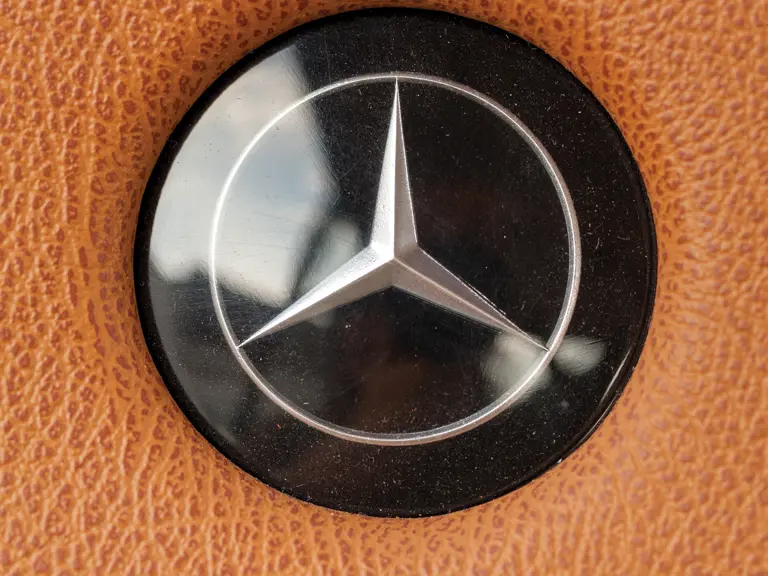
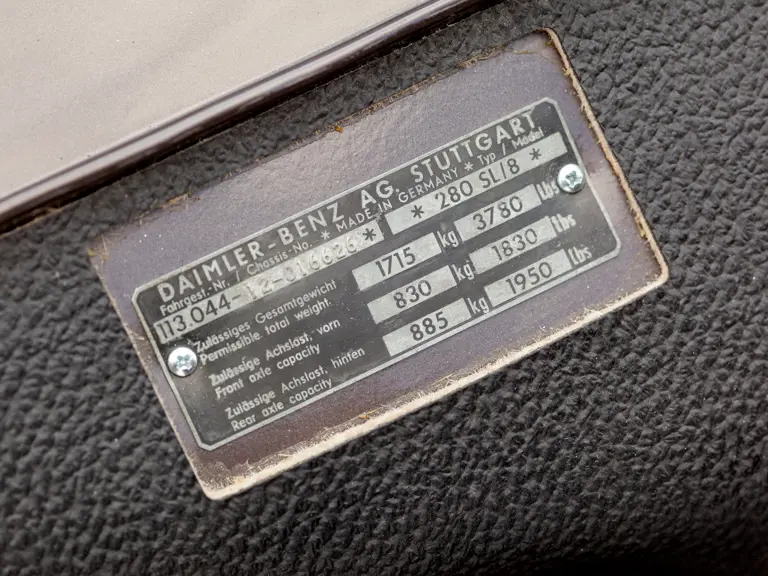

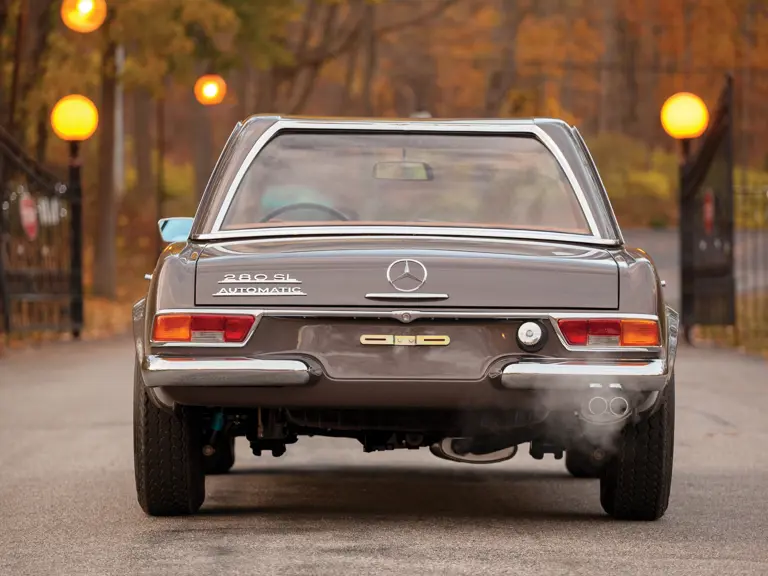
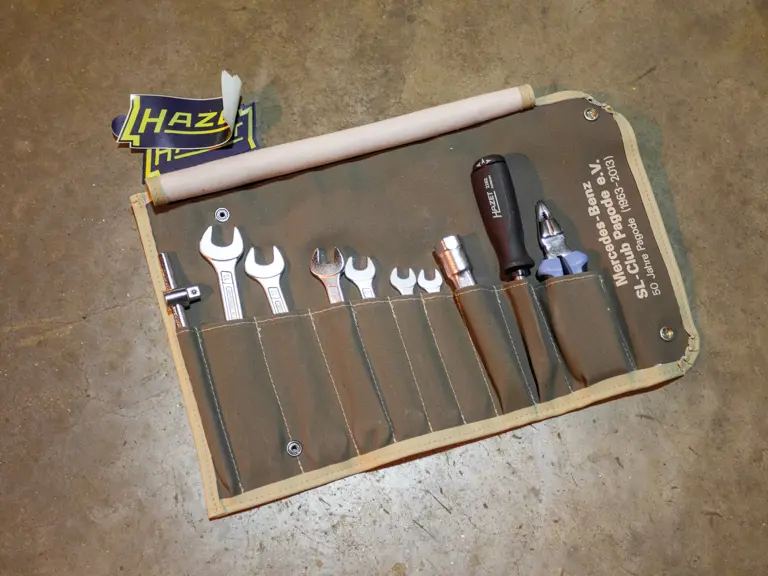
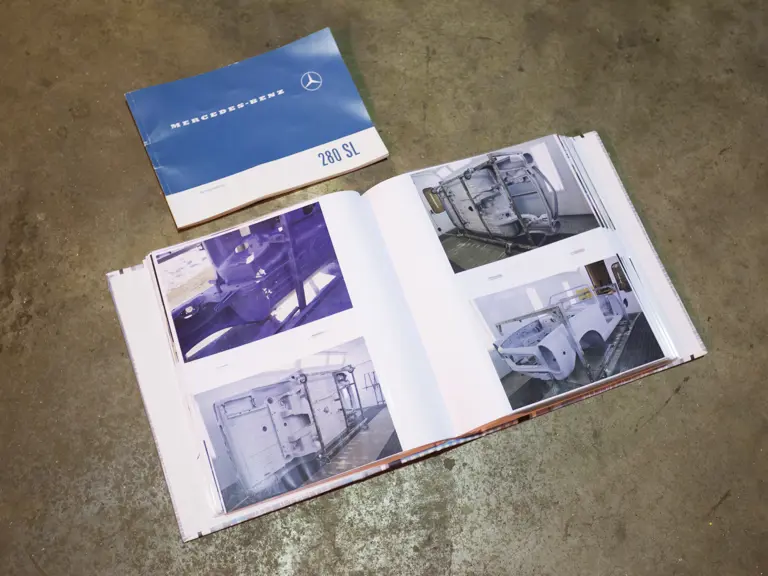
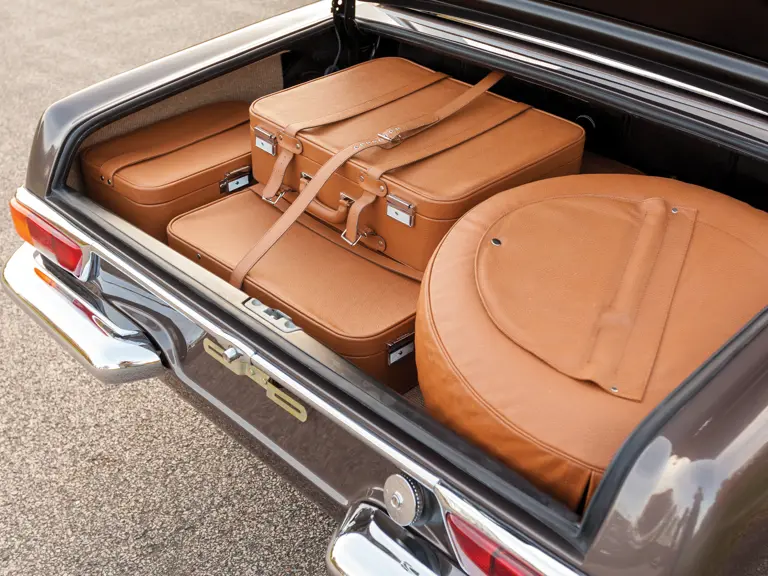
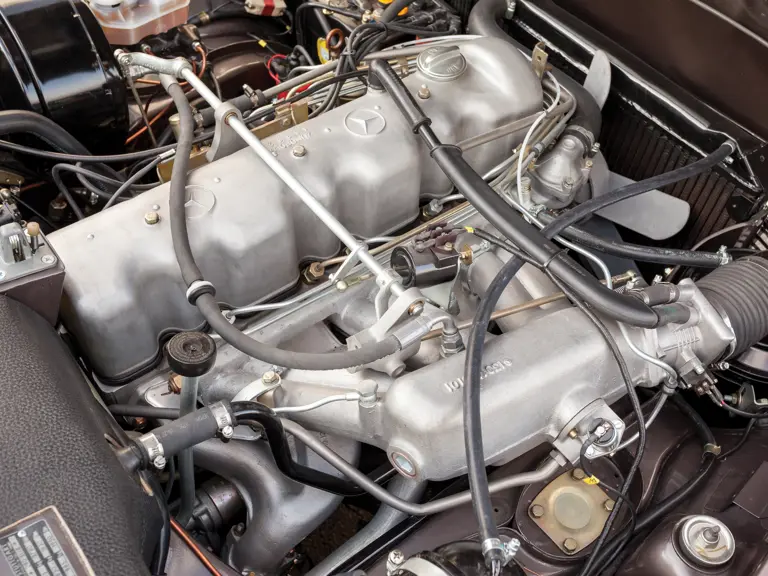
 | Phoenix, Arizona
| Phoenix, Arizona

